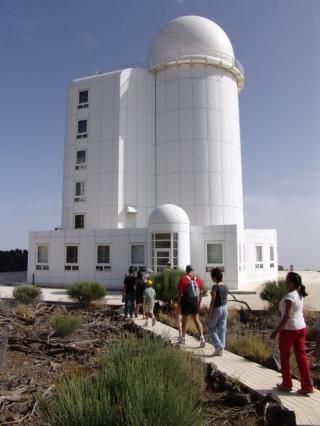La IScAI, primera Escuela Internacional de Instrumentación Avanzada, clausuró el viernes 4 de julio su curso piloto con la entrega de diplomas a los seis alumnos que han participado en esta edición
Advertised on
This section includes scientific and technological news from the IAC and its Observatories, as well as press releases on scientific and technological results, astronomical events, educational projects, outreach activities and institutional events.

